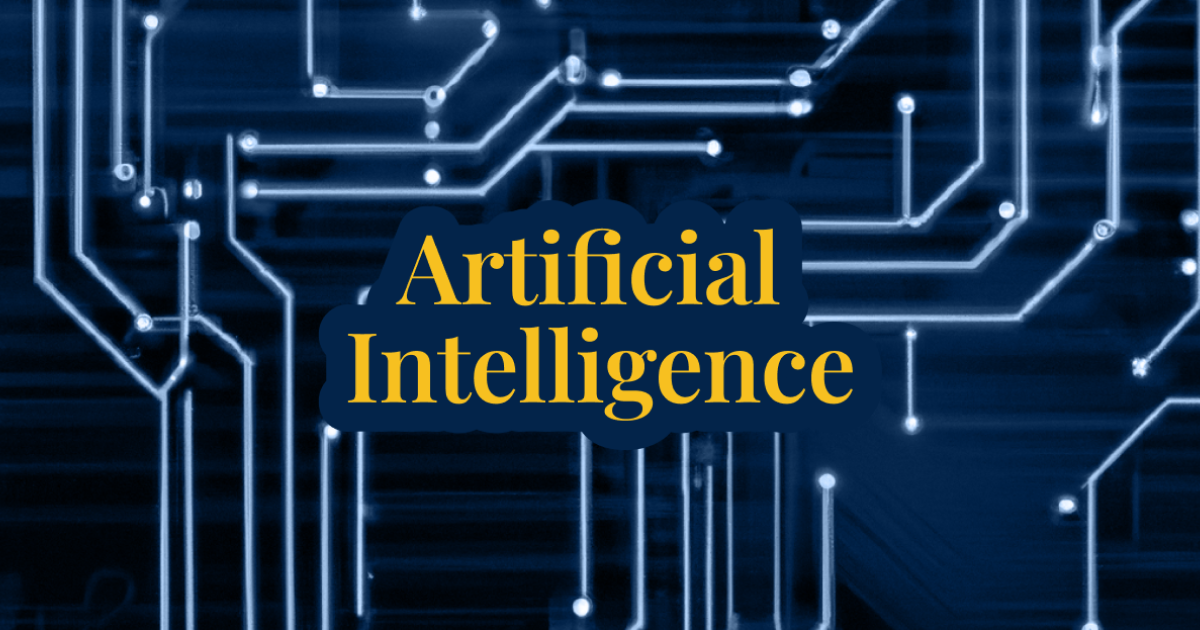Artificial Intelligence (AI) has come to stay and co-evolve with us
By Mohammed Usman Recently, the world has welcomed the advent of a rich, sophisticated, and yet unprecedented technological breakthrough with the potential to reshape the tapestry of human life. This breakthrough…







